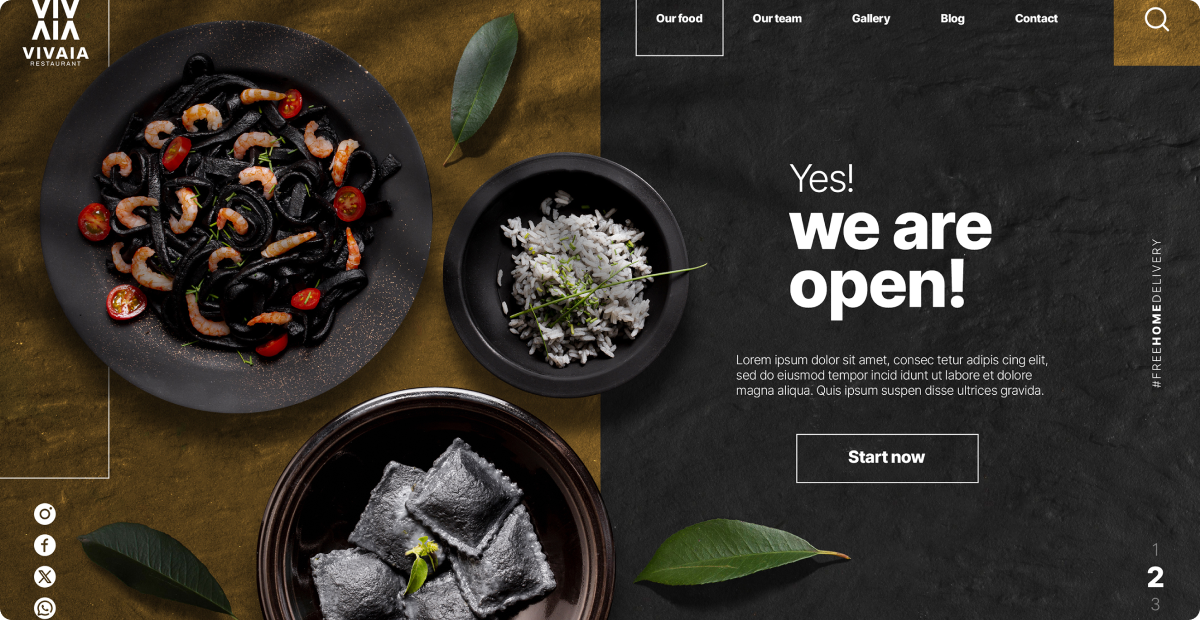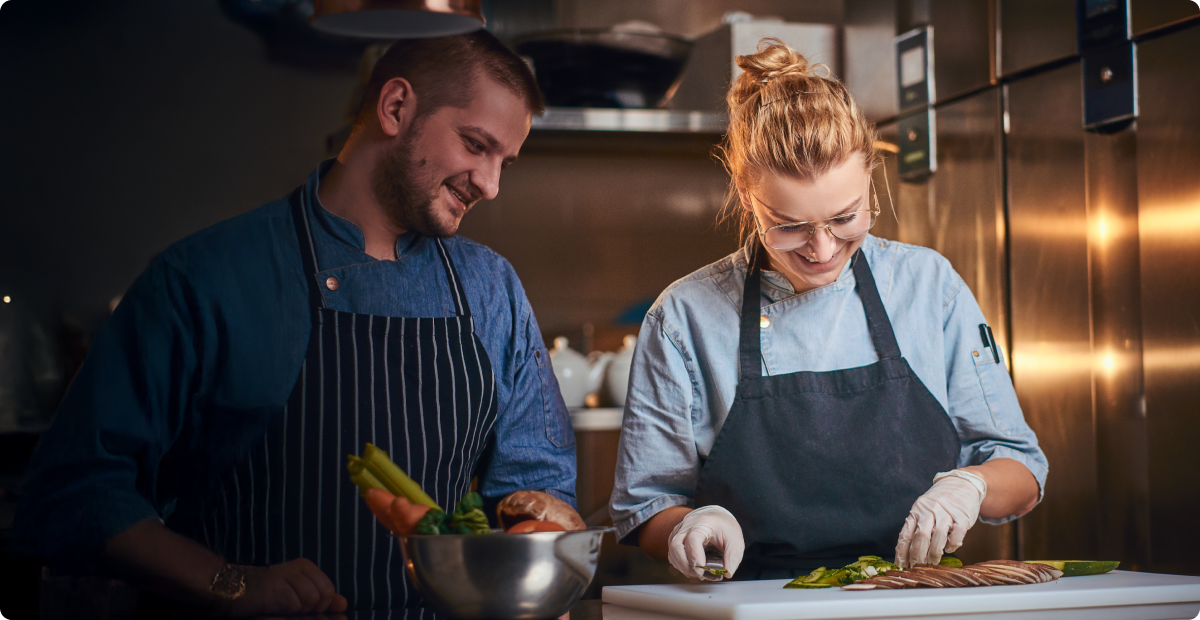Key Takeaways
The restaurant industry is at the pinnacle of evolution. From self-service kiosks to robotic kitchens, in the last couple of years, this industry has seen a metamorphosis of new innovations that are hard to reconcile for both old and new players. The ones who are quick to adapt and adopt are the real winners - acquiring and retaining a huge chunk of customers, and those still contemplating whether to jump the bandwagon or not are not just losing the market share, but also the ability to subsist.
What does this tell us? If you want to improve customer experience, as well as profitability, as a restauranteur, you’d need to keep an eye on technology. Even if you don’t have the budget to invest in each and every technological wonder that pop up every day, you can always learn about each of their benefits and decide which technology will offer the best return on investment for your business. For example, if you are a food truck owner, merely investing in a robust online ordering and delivery can help you meet shifting needs with re-imagined styles of customer service.
Now, the question begging to be asked is…what’s new and what’s next? Here are five innovations of today that will reshape the future of restaurants tomorrow.
1. Online Ordering & Delivery
Well, online ordering and delivery has become a new norm. From giant restaurant chains to QSRs and even food trucks, everyone is online and those who aren’t, are definitely in the process to launch their website in the coming months.
Whoever you are, whatever your restaurant brand stands for and however delicious food you’ve been serving or plan to serve, if you don’t offer the convenience of online ordering and quick delivery to your customers, they are going to look out for alternatives.
Restaurants are now implementing online ordering and delivery facilities far more than ever. Customers can go through the menu on the restaurant’s website, place an order by themselves without the hassle of explaining their orders over the phone and pay using the mode of payment that they find convenient. These online ordering tools also allow restaurants to personalize their offerings based on real-time data. Learn more about the benefits of online ordering here.
2. Robotic Restaurants
Are robots taking over the world? Maybe, but the restaurant industry seems to have adopted the robot technology to a great level. In fact, a robot restaurant is not something that may happen in the future rather is the latest trend and at a cost that makes them a plausible investment. They are creating a futuristic experience for diners - singing, mixing drinks, waiting tables and even preparing food.
Robots eateries is a new fascination in China and Japan. At the Haohai Restaurant in China, one of the robots molded on Pixar's character Wall-E serves dumplings, noodles, and even cleans the cutlery.
People want to try something new and exciting every time they go out with their family and thus, many restaurants in the US also are now using robot companions in the kitchens. On the other hand, making such tech investments undoubtedly cuts down running costs more than by a whole half.
3. Cloud Telephony
Cost-effective, low maintenance and increased customer loyalty - what more could one ask from a technology? A restaurant is all about customer service and technology like Cloud telephony is designed to effectively connect a consumer with the service provider whilst maintaining a flawless customer’s ordering experience.
What does it do? Cloud Telephony allows food businesses to integrate CRM with the phone system to personalize their consumer experience. It is especially useful for large chain restaurants that see a lot of delivery orders. All calls are directed to a Call Center Panel where the orders are accepted and redirected to the right outlet based on the caller’s input or location.
The main benefit using cloud telephony is that there is no effort to maintain a hardware within the office premises. The application is on Hosted IP PBX, therefore the installation cost is much less than that of IP PBX.
4. Facial Recognition
Facial Recognition is very much in the mainstream today. This technology helps restaurateurs track repeat customers to create delightful guest experiences.
How does it work? For the first time users, the systems prompts the place the order and then asks, ‘Do you want to save for future use?’ So the next time the customer visits, the kiosk will pull out the previous order with facial recognition, and if the customer opts to repeat the order, the ordering and paying can be completed in as little as 10 seconds. The systems also recommend items based on customers’ previous purchases. Kinda creepy, but convenient!
So if you wish to speed up the ordering process at your Food Truck or a Coffee House, keeping a close watch on this maniac technology would be beneficial.
5. Voice Assistant Technology
Alexa, could you order Earl Grey for me from Amazon? Alexa replies,”Earl Grey” ordered. How would you like to pay for the order number 123XXXX. Voice assistants are fun and pretty much like your personal butler. They do, whatever you want them to.
In the beginning of 2019, it was surveyed that 1 out of 6 adults owned a voice-activated smart speaker in the United States. Currently, they are being adopted even faster than the smartphone, and 65% of people say that they are completely dependent on their voice assistant.
Now, what do restaurants have to do with this technology? 34% of the voice assistant owners use technology to order food online. Large chain restaurants like Panera took notice of this growing trend and launched their own voice strategies based on Alexa and available through apps for iOS and Android. Customers can use these apps to reorder, pay and order delivery.
Are you ready to go high tech?
The investment in technology doesn't have to be huge, but implementing the right systems in a planned way can certainly boost the efficiency of your restaurant operations. This is a world where your businesses, regardless of nature and the size will need to be better, not bigger; smarter, not faster, with the end view of attaining customer satisfaction and maximizing profits.
Frequently Asked Questions


.gif)
_0.png)
.png)


.png)



